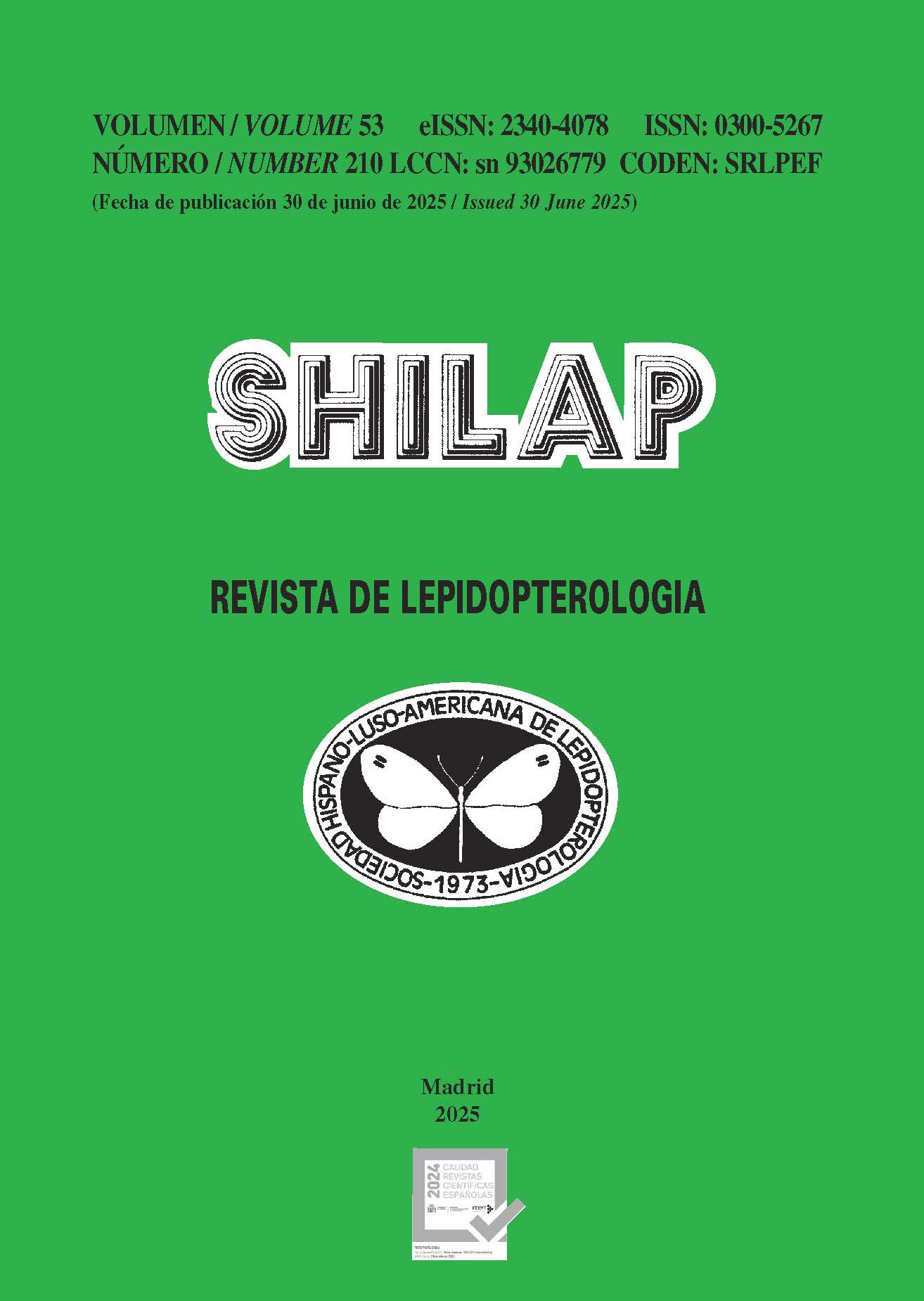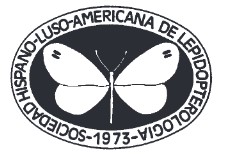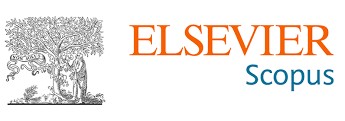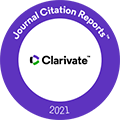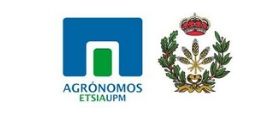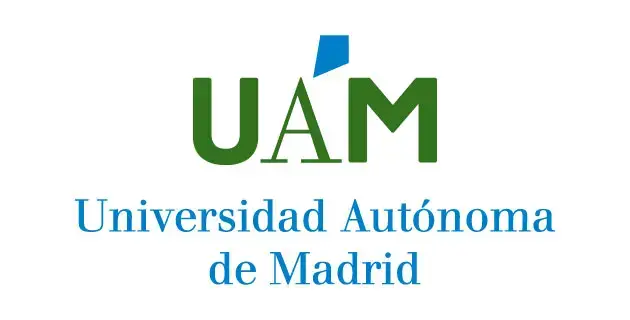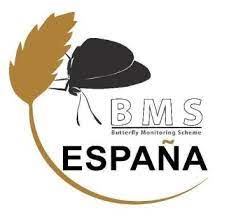Pontia daplidice (Linnaeus, 1758) and Pontia edusa (Fabricius, [1777] in Tajikistan: one or two species? (Lepidoptera: Pieridae)
DOI :
https://doi.org/10.57065/shilap.1054Mots-clés :
Lepidoptera, Pieridae, DNA barcoding, morphological features, seasonal forms, Tajikistan, IranRésumé
DNA barcoding of Pontia Fabricius, 1807 species from Tajikistan has shown that only Pontia edusa (Fabricius, [1777], which was previously considered Pontia daplidice (Linnaeus, 1758), is found throughout the country. In fact, these are the only finds of this species in Central Asia, and these data will improve our understanding about distribution of Pontia edusa, and in the future will help to form an overall picture of the distribution of both taxa. Pontia edusa is also reported for the first time for central Iran. Morphological analysis did not reveal significant features in the structure of the genitalia that could distinguish between P. edusa and P. daplidice.
Téléchargements
Statistiques globales ℹ️
|
493
Vues
|
125
Téléchargements
|
|
618
Total
|
|
Références
Clement, M., Posada, D., & Crandall, K. A. (2000). TCS: A computer program to estimate gene genealogies. Molecular Ecology, 10, 1657-1659. https://doi.org/10.1046/j.1365-294x.2000.01020.x PMid:11050560 DOI: https://doi.org/10.1046/j.1365-294x.2000.01020.x
Bruna, C. D., Gallo, E., & Sbordoni V. (2004). Guide to the butterflies of the Palaearctic region. Pieridae part 1. Tribe Pierini (partim) Delias, Aporia, Mesapai, Baltia, Pontia, Belenois, Talbotia. Omnes Artes.
Dapporto, L., Cini, A., Vodă, R., Dincă, V., Wiemers, M., Menchetti, M., Magini, G., Talavera, G., Shreeve, T., Bonelli, S., Casacci, L. P., Balletto, E., Scalercio, S., & Vila, R (2019). Integrating three comprehensive data sets shows that mitochondrial DNA variation is linked to species traits and paleogeographic events in European butterflies. Molecular Ecology Resources, 19(6), 1623-1636. https://doi.org/10.1111/1755-0998.13059 PMid:11050560 DOI: https://doi.org/10.1111/1755-0998.13059
Davlatov, A. M. (2020). Fauna of butterflies (Lepidoptera, Rhopalocera) of Shah Sands South-Western Tajikistan. News of the National Academy of sciences of Tajikistan, 4(211), 35-39. [In Russian]
Davlatov, A. M. (2022). Materials to the fauna of butterflies (Lepidoptera, Papilionoidea) of the Obi-Mazor River valley (Tajikistan). Selevinia, 30, 13-18.
Geiger, H., & Scholl, A. (1982). Pontia daplidice (Lepidoptera, Pieridae) in Südeuropa - eine Gruppe von zwei Arten. Mitteilungen der Schweizer Entomologischen Gesellschaft, 5, 107-114.
Geiger, H., Descimon, H., & Scholl, A. (1988). Evidence for speciation within nominal Pontia daplidice (Linnaeus, 1758) in southern Europe (Lepidoptera: Pieridae). Nota lepidopterologica, 11, 7-20.
Hall, T. A. (1999). BioEdit: a user-friendly biological sequence alignment editor and analysis program for Windows 95/98/NT. Nucleic Acids Symposium Series, 41, 95-98.
Hebert, P. D., Penton, E. H., Burns, J. M., Janzen, D. H., & Hallwachs, W. (2004). Ten species in one: DNA barcoding reveals cryptic species in the neotropical skipper butterfly Astraptes fulgerator. Proceedings of the National Academy of Sciences, 101(41), 14812-14817. https://doi.org/10.1073/pnas.0406166101 PMid:15465915 PMCid:PMC522015 DOI: https://doi.org/10.1073/pnas.0406166101
John E., Wiemers, M., Makris, C., & Russel, P. (2013). The Pontia daplidice (Linnaeus, 1758) / Pontia edusa (Fabricius, 1777) complex (Lepidoptera: Pieridae): confirmation of the presence of Pontia daplidice in Cyprus, and of Cleome iberica DC. as a new host-plant for this species in the Levant. Entomologist’s Gazette, 64, 69-78.
Kurze, B.-J., Nuß, M., & Westphalen, M. (2006). Vorkommen und Lebensweise des Resedaweißlings (Pontia daplidice (Linnaeus, 1758)) in Sachsen (Lepidoptera: Pieridae). Sächsische Entomologische Zeitschrift, 1, 89-100.
Korshunov, Y. P. (2002). Lepidoptera (Papilionoidea, and Hesperioidea) of Northern Asia. Association of Scientific Publications of the KMK. [In Russian]
Korb, S. K., & Bolshakov, L. V. (2016). A systematic catalogue of butterflies of the former Soviet Union (Armenia, Azerbaijan, Belarus, Estonia, Georgia, Kyrgyzstan, Kazakhstan, Latvia, Lituania, Moldova, Russia, Tajikistan, Turkmenistan, Ukraine, Uzbekistan) with special account to their type specimens (Lepidoptera: Hesperioidea, Papilionoidea). Zootaxa, 4160(1), 1-324. https://doi.org/10.11646/zootaxa.4160.1.1 PMid:27615908 DOI: https://doi.org/10.11646/zootaxa.4160.1.1
Leigh, J. W., & Bryant, D. (2015). PopART: Full-feature software for haplotype network construction. Methods in Ecology and Evolution, 6(9), 1110-1116. https://doi.org/10.1111/2041-210X.12410 DOI: https://doi.org/10.1111/2041-210X.12410
Lukhtanov, V. A., Sourakov, A., Zakharov, E. V., & Hebert, P. D. N. (2009). DNA barcoding Central Asian butterflies: increasing geographical dimension does not significantly reduce the success of species identification. Molecular Ecology Resources, 9(5), 1302-1310. doi: 10.1111/j.1755-0998.2009.02577.x PMid:21564901 DOI: https://doi.org/10.1111/j.1755-0998.2009.02577.x
Porter, A. H., Wenger, R., Geiger, H., Scholl, A., & Shapiro, A. (1997). The Pontia daplidice-edusa hybrid zone in north-western Italy. Evolution, 51, 1561-1573. https://doi.org/10.2307/2411208 PMid:28568618 DOI: https://doi.org/10.1111/j.1558-5646.1997.tb01479.x
Stshetkin, Y. L. (1960). Higher Lepidoptera of the Vakhsh Valley (Tajikistan). Part 1. Lepidoptera (Rhopalocera and Heterocera exclusive of Noctuidae and Geometridae). Proceedings of E.N. Pavlovsky Institute of Zoology and Parasitology Academy of Sciences of the Tajik SSR (Vol. 14). Stalinabad. [In Russian]
Stshetkin, Y. L. (1963). To the fauna of the butterflies of the low mountains of southern Tajikistan (Lepidoptera, Macroheterocera) Rhopalocera. Proceedings of E. N. Pavlovsky Institute of Zoology and Parasitology Academy of Sciences of the Tajik SSR (Vol. 24), 21-73. Dushanbe. [In Russian]
Sharafutdinov, D. R., & Lukhtanov V. A. (2019). Species diversity of diurnal Lepidoptera (Papilionoidea and Hesperioidea) of the middle mountain belt of the Kamarob River gorge. Materials of the VIII-th International Conference “Ecological features of biological diversity” (Tajikistan) (pp. 104-105). Dushanbe. [In Russian]
Thomas, T., & Lewington, R. (1991). The butterflies of Britain and Ireland. Dorling Kindersley.
Tuzov, V. K., Bogdanov, P. V., Devyatkin, A. L., Kaabak, L. V., Korolev, V. A., Murzin, V. S., Samodurov, G. D., & Tarasov, E.A. (1997). Guide to the Butterflies of Russia and adjacent territories (Lepidoptera, Rhopalocera). Hesperiidae, Papilionidae, Pieridae, Satyridae (Vol. 1.). Pensoft.
Tamura, K., Stecher, G., & Kumar, S. (2021). MEGA 11: Molecular Evolutionary Genetics Analysis Version 11. Molecular Biology and Evolution, 38, 3022-3027. https://doi.org/10.1093/molbev/msab120 PMid:33892491 PMCid:PMC8233496 DOI: https://doi.org/10.1093/molbev/msab120
Tshikolovets, V. V. (2003). The butterflies of Tajikistan (Lepidoptera, Rhopalocera). Tshikolovets Publications.
Wagener, P. S. (1988). What are the valid names for the two genetically different taxa currently included within Pontia daplidice (Linnaeus, 1758)? Nota lepidopterologica, 11, 21-38.
Wu, Ch. (2010). Fauna Sinica - Insecta. Lepidoptera, Pieridae (Vol. 52). Sciences press.
Téléchargements
Publiée
Comment citer
Numéro
Rubrique
Licence
(c) Tous droits réservés Abdulaziz M. Davlatov, Vladimir A. Lukhtanov 2025

Ce travail est disponible sous la licence Creative Commons Attribution 4.0 International .
L'auteur conserve ses droits de marque et de brevet sur tout procédé ou procédure figurant dans l'article.
L'auteur conserve le droit de partager, distribuer, exécuter et communiquer publiquement l'article publié dans SHILAP Revista de lepidopterología, avec une reconnaissance initiale de sa publication dans SHILAP Revista de lepidopterología.
L'auteur conserve le droit de procéder à une publication ultérieure de son travail, de l'utilisation de l'article à sa publication dans un livre, à condition d'indiquer sa publication initiale dans le SHILAP Revista de lepidopterología.
Chaque soumission à SHILAP Revista de lepidopterología doit être accompagnée d'une acceptation des droits d'auteur et de la mention de la paternité. En les acceptant, les auteurs conservent le droit d'auteur de leur travail et acceptent que l'article, s'il est accepté pour publication par le SHILAP Revista de lepidopterología, soit autorisé à être utilisé et distribué sous une licence "Creative Commons Attribution 4.0 International" (CC BY 4.0) ce qui permet une utilisation, une distribution et une reproduction sans restriction sur tout support, à condition que l'auteur et la source originale soient mentionnés.
Vous pouvez lire ici les informations de base et le texte légal de la licence. L'indication de la licence CC BY 4.0 doit être expressément mentionnée de cette manière lorsque cela est nécessaire.
À partir de 2022, le contenu de la version imprimée et numérique est soumis à une licence d'utilisation et de distribution "Creative Commons Attribution 4.0 International" (CC BY 4.0), ce qui permet une utilisation, une distribution et une reproduction sans restriction sur tout support, à condition que l'auteur et la source originale soient mentionnés.
Le contenu antérieur de la revue a été publié sous une licence de droit d'auteur traditionnelle; toutefois, les archives sont disponibles en libre accès.
Lors de l'utilisation du contenu de SHILAP Revista de lepidopterología publié avant l'année 2022, y compris les figures, les tableaux ou tout autre matériel sous forme imprimée ou électronique appartenant aux auteurs des articles, les auteurs doivent obtenir l'autorisation du détenteur des droits d'auteur. Les responsabilités légales, financières et pénales à cet égard incombent à l'auteur ou aux auteurs.
En application du Principe de Priorité du Code international de nomenclature zoologique, aucune autre version que celle publiée par l'éditeur ne peut être déposée dans des dépôts, des sites web personnels ou similaires.
